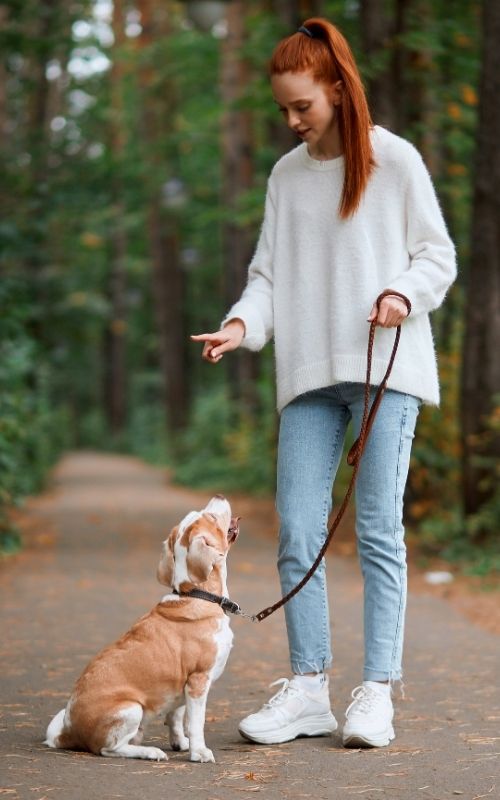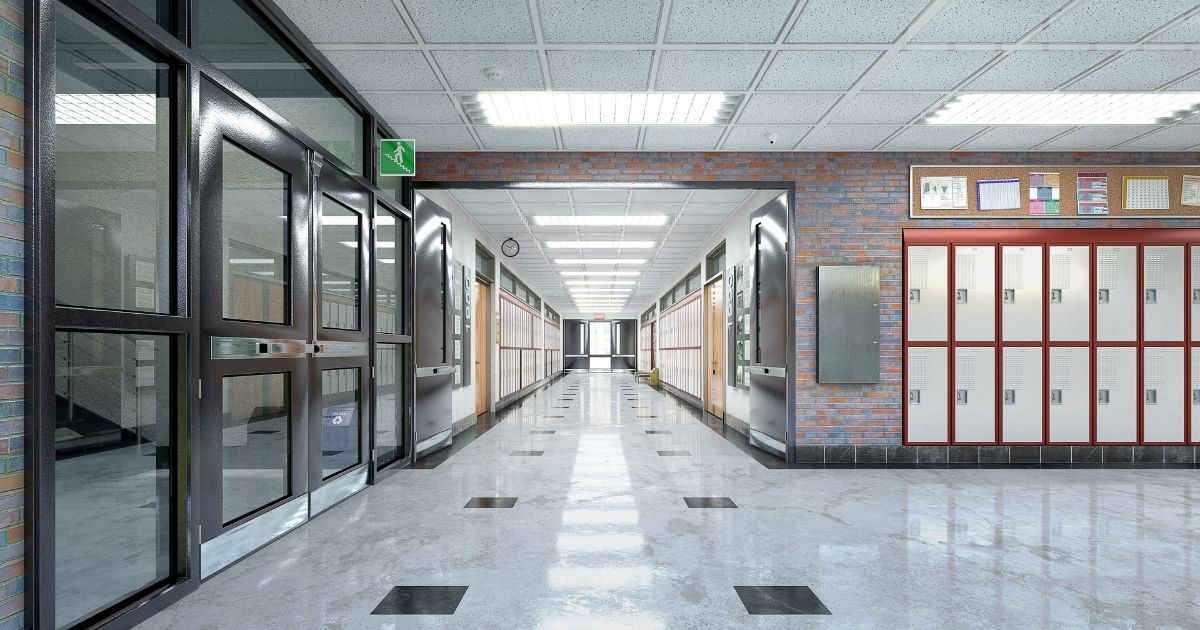While it can be jarring and also a bit sad to have your last few birdies leaving the nest, it doesn’t have to be. Once you allow yourself the chance to get used to it, you’ll discover a freedom that puts the world at your fingertips. In fact, it’s this very liberty that allows us to welcome a new member into the family in the form of a lovable, fluffy pet. Still, though they might be lower maintenance than your kids once were, they take their own share of responsibility to raise. Use these tips for training your new puppy to ensure they grow up to become a well-behaved addition to your home.
Highlight the Fundamental Commands
First and foremost, make sure that you’re focusing on some of the most useful actions during your puppy’s training. There are a series of different things you can teach your puppy—but starting out with the most basic commands allows you to slowly build up their repertoire throughout their life. These fundamentals set the stage for several other good behaviors to follow, and can even make it easier to teach them more complex skills.
Only Reward Good Behavior
During the training process itself, you should also only be rewarding your puppy for good behaviors. Though your pup is adorable, giving them treats simply for this reason is what ultimately teaches them to beg for their food. This is something you definitely don’t want happening around dinner time—and especially when guests are over. So, only give them treats after they show good behavior, and it’ll help reaffirm their positive habits.
Get Your Puppy Used To Certain Tools
Another important tip for training your new puppy and getting them acclimated into the household is to utilize certain tools in their education. Things like toys, puppy pads, and crates can be very useful at providing a visual aid that communicates certain instructions to your dog. Crates are particularly effective at helping you potty train your puppy, as they clearly show them when it’s a right or a wrong time to go.
Be Calm and Patient
Most importantly, though, you should remember to do your best to keep yourself calm and patient throughout the process. Training a dog isn’t easy, and depending on your pup’s temperament, the training process could take longer than you might expect. This is why it’s vital that you stick with it and stay consistent if you want to see the best results.










